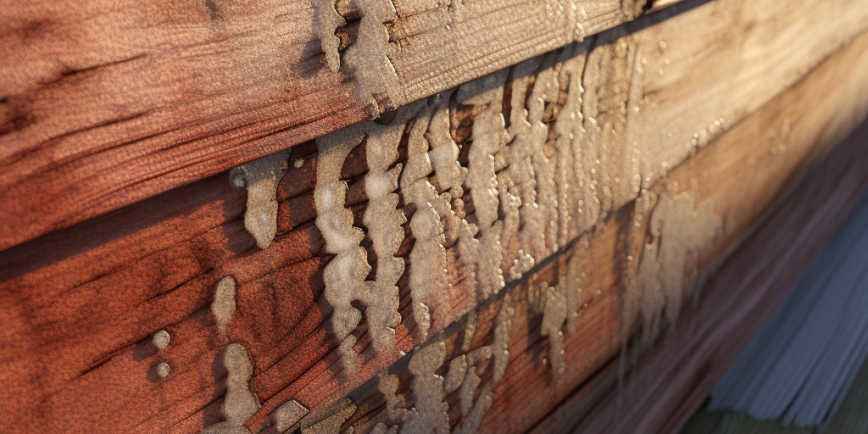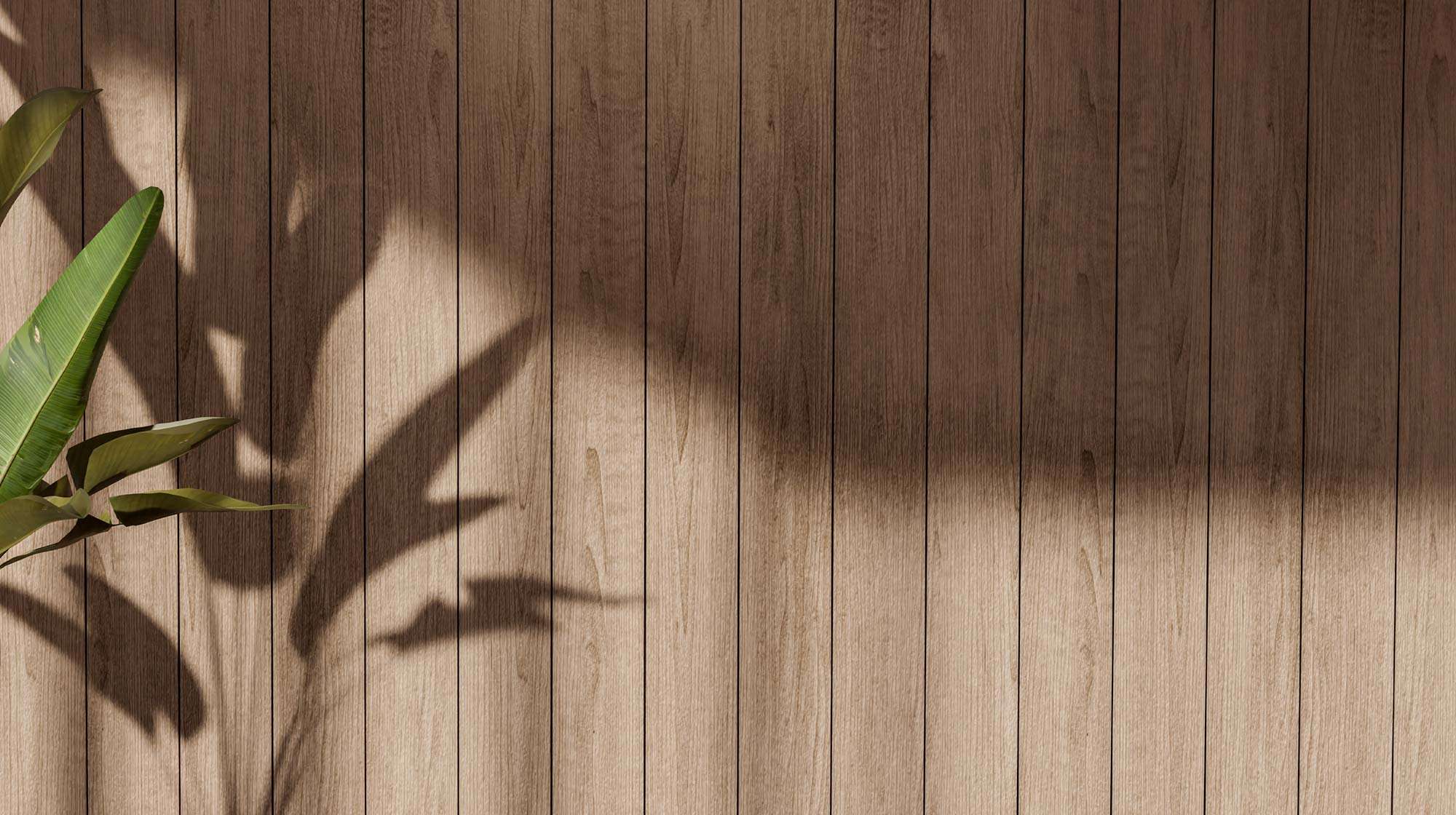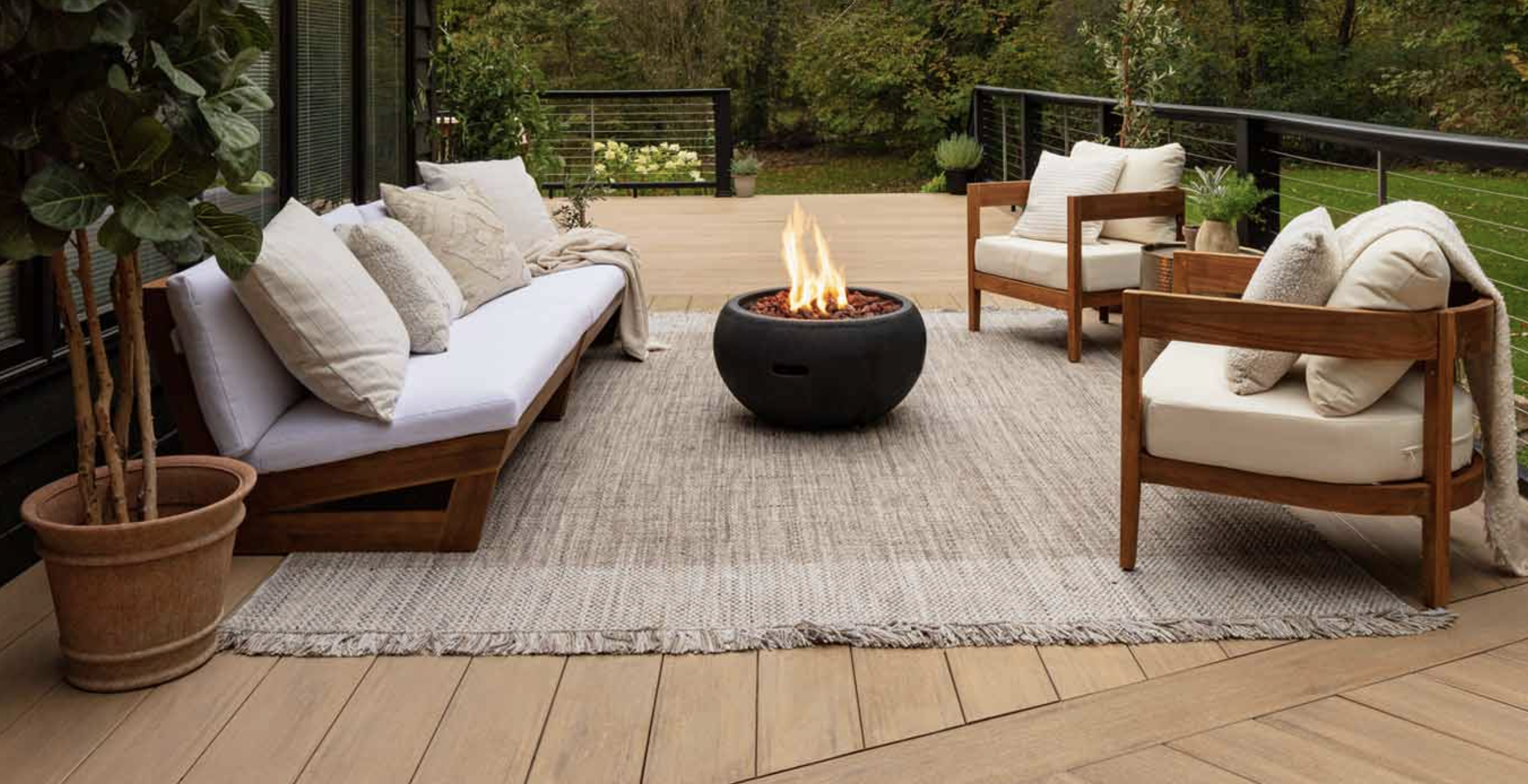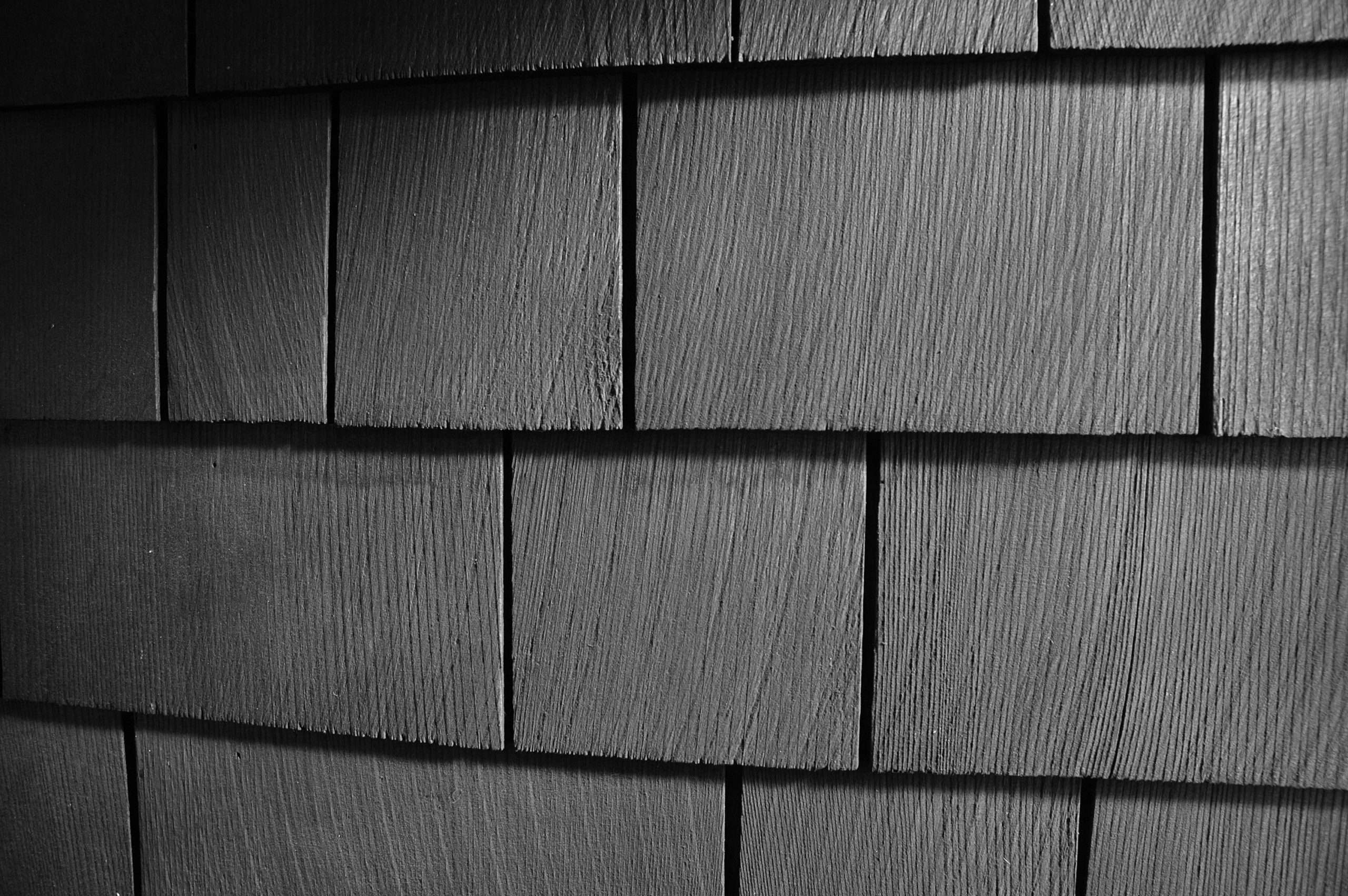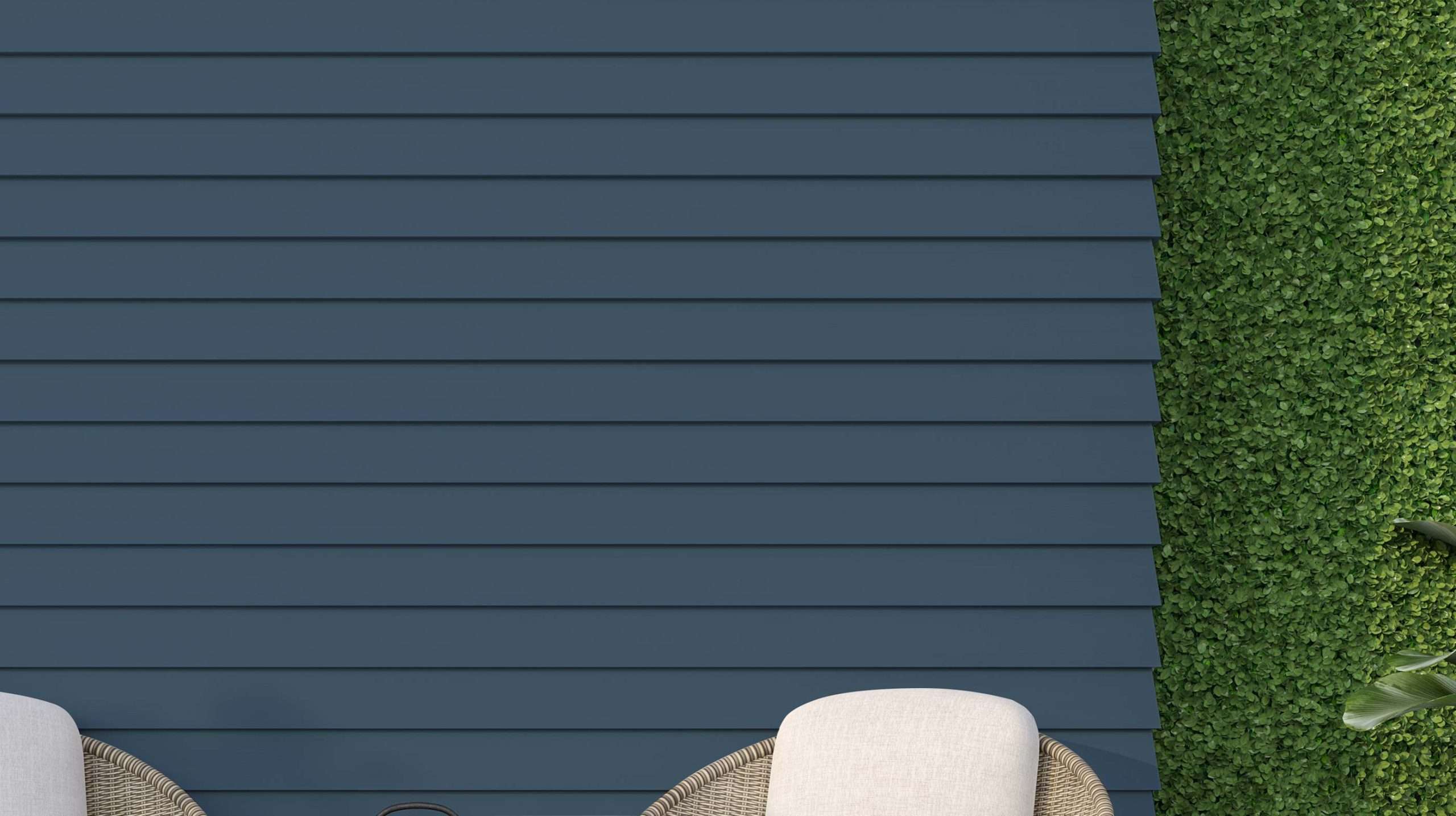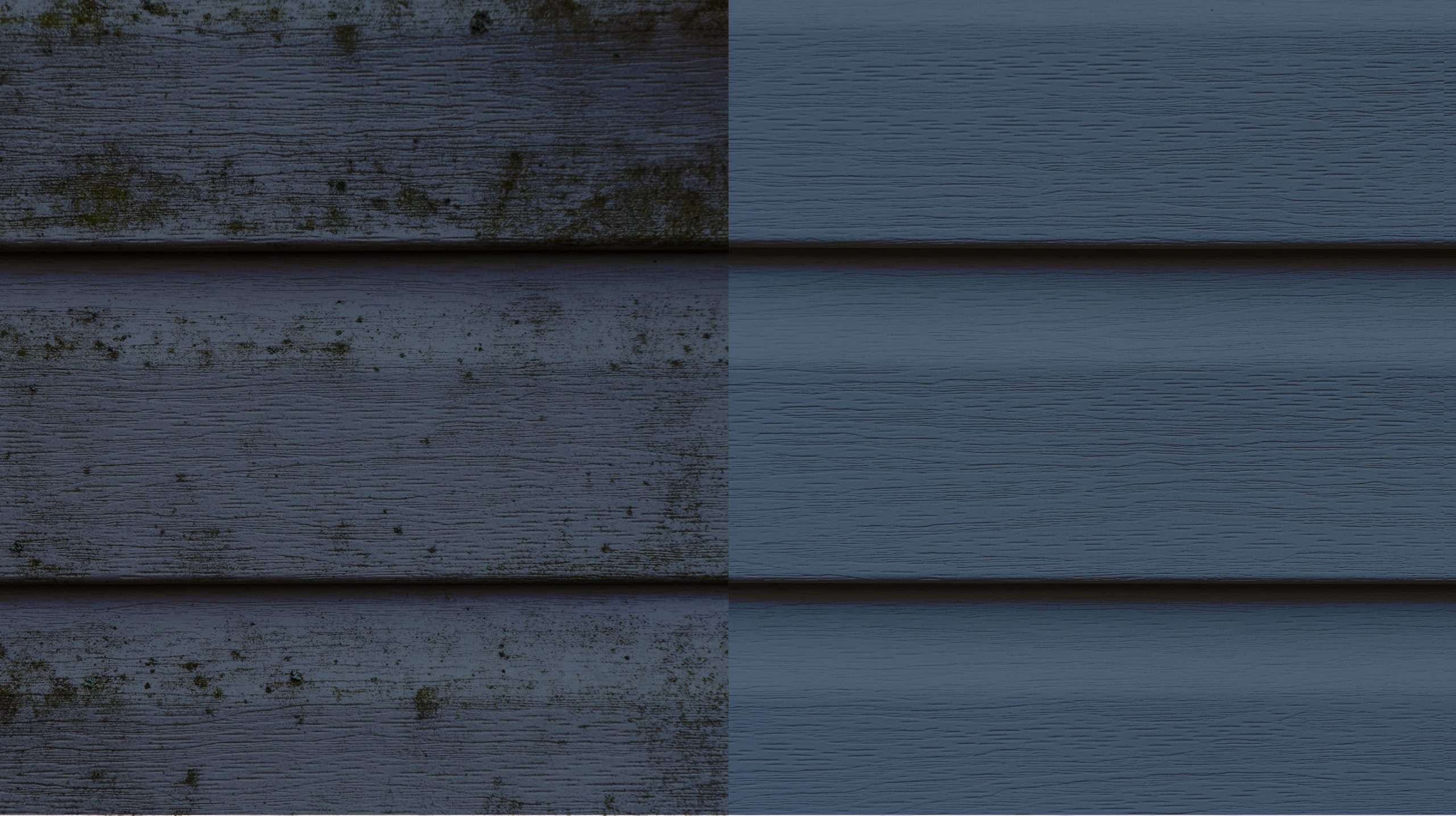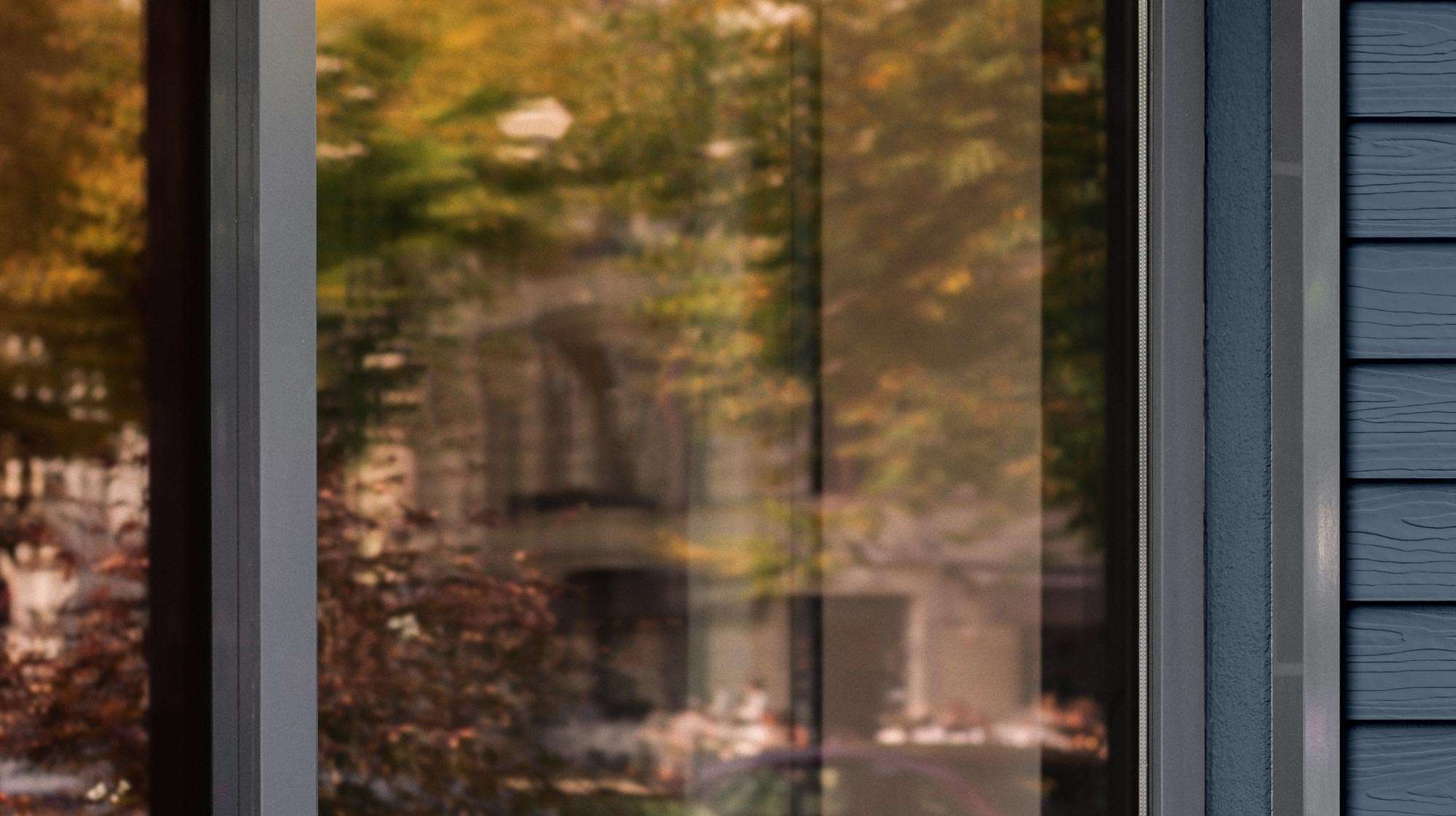Introduction
Imagine standing in your backyard, gazing at the redwood siding of your home as sunlight filters through the coastal trees of San Luis Obispo. That siding, with its rich color and natural warmth, feels like part of the landscape itself. Yet, as beautiful as it is, redwood siding requires a steadfast guardian against forces that threaten its charm—forces like dry rot and surface contamination.
Redwood siding is more than a building material. It’s an expression of the region’s harmony between natural beauty and timeless craftsmanship. Like anything cherished, it demands care and vigilance to preserve its allure. You deserve to know that knowledge as well! In this Rogall + Co. blog post, we will highlight redwood siding and how you can safely protect your home.
Table of Contents
- Introduction
- Redwood Siding: A Timeless Choice
- Identifying Dry Rot: The Hidden Villain
- Surface Contamination: What to Watch For
- Proactive Care for Redwood Siding
- Conclusion
Redwood Siding: A Timeless Choice
Redwood siding has been a symbol of not only elegance, but of modernity as well. Known for its deep tones and grain patterns, it carries a reputation for being both durable and naturally resistant to pests. In fact, many homeowners in San Luis Obispo feel as if it represents the quality and aesthetics that blend into SLO’s beautiful hills and deep yellow sunsets.
But redwood siding isn’t invincible. The same forces that give it its charm—its organic origins and connection to the environment—also leave it vulnerable to decay and contamination. Think of your siding as a beloved heirloom. It needs regular care to remain the shining jewel of your home.
Identifying Dry Rot: The Hidden Villain
Dry rot is a slow but relentless intruder. It thrives in the shadows, preying on wood exposed to damp and poorly ventilated conditions. Despite its name, dry rot depends on moisture to begin its destructive work.
Picture this: A seemingly perfect section of siding starts to darken. Small cracks appear, subtle at first, then deepening into crevices. A faint musty odor follows, like the scent of an old, forgotten book left in a damp corner. What was once strong and smooth becomes brittle, crumbling under your fingers like dried clay.
Dry rot, caused by fungi feeding on the cellulose in wood, is a problem that worsens if left unchecked. Identifying it early is essential to prevent significant damage.
Signs to Look For:
- Uneven discoloration in the wood.
- Cracks or splits that deepen over time.
- A soft, spongy texture when touched.
- A musty, earthy odor lingering near affected areas.
Surface Contamination: What to Watch For
While dry rot reveals itself over time, surface contamination is the subtle whisper of trouble. Pollutants like mold, mildew, algae, and airborne particles settle on your siding, dulling its natural luster and quietly accelerating its wear.
Imagine walking outside after a rainy spell. The siding, once vibrant, now has patches of greenish tint or dark stains creeping across its surface. These contaminants not only mar the appearance of your home but also create a foothold for further damage.
Common Effects:
- Persistent staining that diminishes the wood’s aesthetic appeal.
- Gradual weakening of the wood’s surface, making it more vulnerable to the elements.
- Shortened lifespan of your siding, leading to costly repairs or replacements.
Proactive Care for Redwood Siding
Defending redwood siding against dry rot and contamination requires proactive measures. Think of it as crafting a shield for your home, ensuring it stands strong for years to come.
Step 1: Regular Inspections
Inspect your siding regularly. Look for changes in color, texture, or odor. The earlier you catch a problem, the easier it is to address.
Step 2: Cleaning the Surface
Remove surface contaminants before they can cause lasting harm. A mild cleaning solution, paired with a soft brush or cloth, can work wonders. For tougher stains or grime, consider pressure washing with caution—too much pressure can damage the wood.
Step 3: Addressing Dry Rot
If you find dry rot, act swiftly. Minor cases may be treatable with fungicides. For severe damage, replacing the affected wood ensures your siding’s integrity. Always seal replacement wood to prevent future issues.
Step 4: Preventive Care
Apply protective coatings like sealants or wood stains. These act as barriers against moisture and contaminants while enhancing the wood’s natural beauty.
Step 5: Ventilation Matters
Enhance air circulation around your siding to minimize moisture buildup. Trim back plants that grow too close to the house and ensure gutters direct water away from the structure.
Conclusion
Your redwood siding is more than a protective layer for your home—it’s a connection to the natural elegance of San Luis Obispo. Caring for it requires an understanding of the threats it faces and the commitment to shield it from harm.
At Rogall + Co., we specialize in protecting and restoring the beauty of redwood siding. With decades of experience, we know how to combat dry rot and surface contamination effectively, preserving the integrity of your home for years to come.
Let us help you maintain your home’s charm and structural strength. Together, we’ll ensure your siding remains a testament to the enduring beauty of redwood and the landscapes of San Luis Obispo. Reach out today for a consultation and let’s protect what makes your home special.
